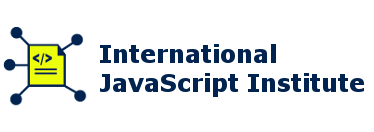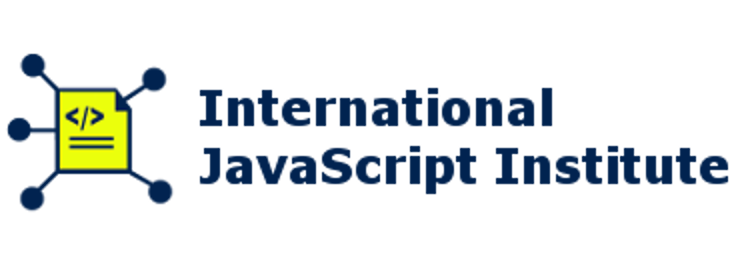A Boolean data type represents logical truth and falsehood and has only two values: literals true and false, which are also language reserved words.
Boolean values can be directly assigned to variables or are the result of a comparison.
var test1 = false; var test2 = true; var a = 5, b = 5; var test3 = (a == 5); // true
Boolean values are often used in control structures. In if/else statement for example if a value is true one block of code is executed, if the value is false, then another:
var isFree = false;
var price;
if (isFree) {
price = 0;
} else {
price = 10;
}
All values in JavaScript can be converted to a boolean value.
Values that are converted to false:
- “” (empty string)
- 0
- NaN
- null
- undefined
Values that are converted to true:
- nonempty strings,
- nonzero numbers,
- objects (and arrays).
Flow control statements automatically perform this conversion:
var text = "";
if (!text) {
alert("Text is empty");
}
var obj = {name: 'Jack'};
if (obj) {
alert("Object is set");
}
In both cases alerts will be displayed.


Reply